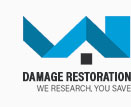 |
 |
 |
 |
|
|
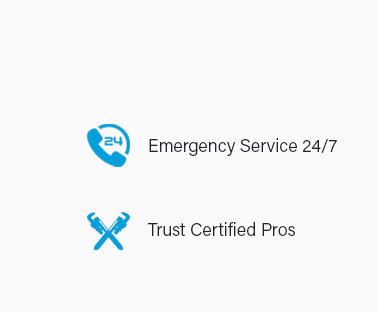 |
 |
 |
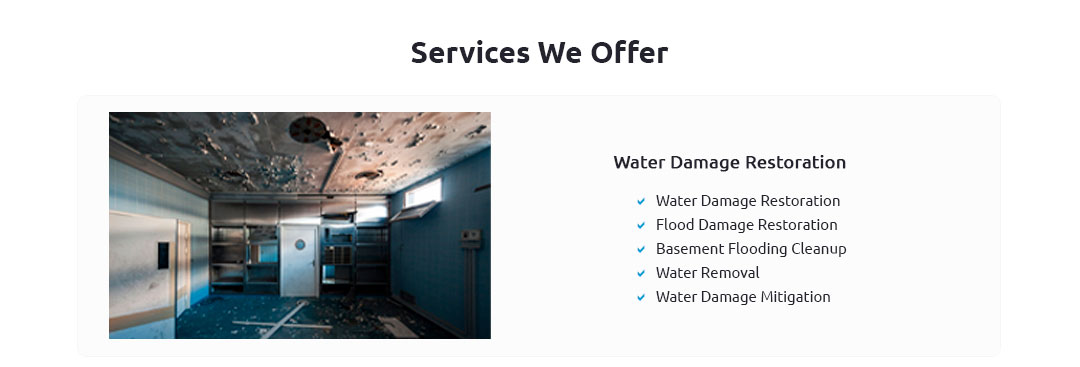 |
 |
 |
 |
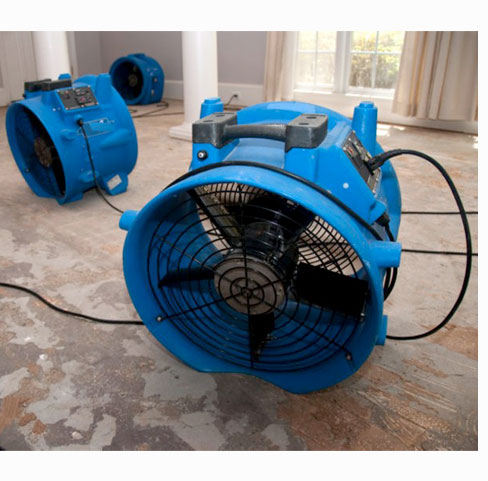 |
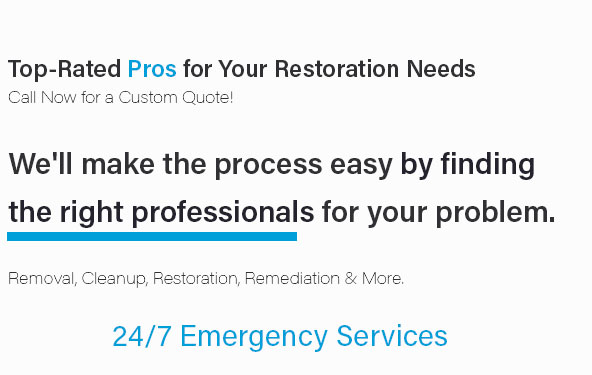 |
 |
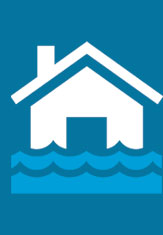 |
 |
 |
|
When disaster strikes, every second counts-whether you're battling the aftermath of a flood, a devastating fire, stubborn mold, or a fierce storm, our expert emergency water damage restoration team is your first line of defense, delivering unparalleled speed and precision to restore your peace of mind; trusted by thousands, we don't just repair-we revive your sanctuary, turning chaos into calm with unmatched dedication and expertise; experience the difference with our top-rated services and see why we're the leaders in transforming catastrophe into comfort, ensuring you're not just another customer, but our top priority.
https://www.servpro.com/resources/water-damage/water-damage-repair
Contact SERVPRO for emergency water damage restoration services. A fast response is crucial when dealing with water damage, call now to avoid secondary ... https://www.stanleysteemer.com/blog/tips-tricks/water-damage-emergency-checklist
These services include water mitigation and water restoration. Specialized equipment is needed in these circumstances to detect water and remove that water. We ... https://jenkinsrestorations.com/water-damage-restoration/
The team at Jenkins Restorations is here 24/7 to provide immediate water damage restoration and water mitigation services to prevent more damage and restore ...
|
